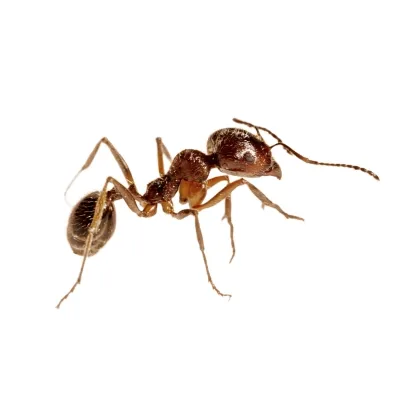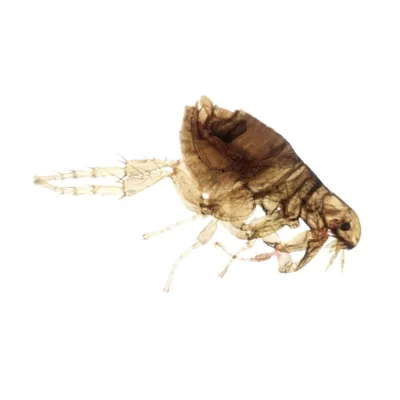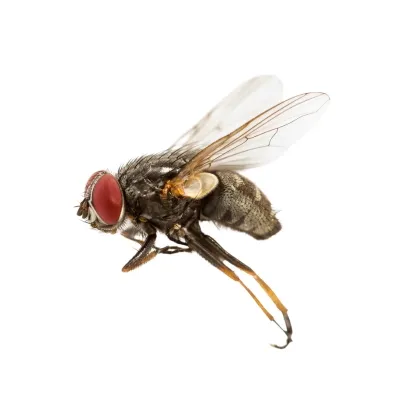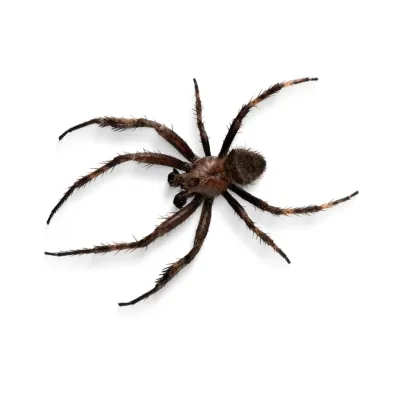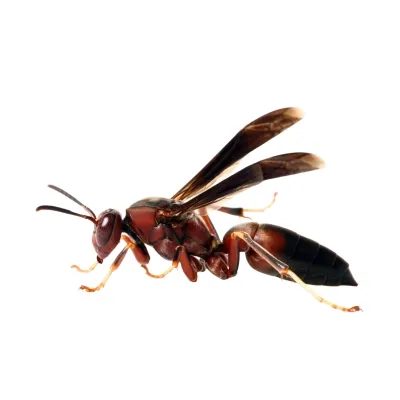
Insects
16 to 40 cm (including tail)
Thick-bodied, gray or brown fur, scaly tail, pointed snout, and large front teeth for gnawing.
4
No
None
Rats are highly adaptable and thrive in urban areas, basements, sewers, and attics. Outdoors, they build burrows near sources of food and water, such as garbage areas, dumpsters, and compost piles.
Rats are resilient rodents known for their ability to live in a wide range of environments.
They are notorious for gnawing on structures, contaminating food, and spreading various diseases.
Two common species, the Norway rat and the roof rat, often invade homes and commercial buildings, seeking warmth, food, and shelter.
Rats are prolific breeders, making infestations difficult to control once established.
Rats are large, thick-bodied rodents with gray or brown fur, hairless, scaly tails, and pointed snouts.
Norway rats tend to be heavier, with blunt snouts and shorter tails, while roof rats are slimmer with longer tails and more pointed snouts.
Both species have strong, sharp incisors that allow them to gnaw through wood, plastic, and even metal.
Rats are highly adaptable and can thrive in almost any environment. Indoors, they typically nest in basements, attics, wall voids, and under appliances.
Outdoors, they create burrows in the ground or use natural shelters. Norway rats prefer to live near the ground, while roof rats are skilled climbers and prefer higher places, like attics and trees.
Rats are nocturnal, feeding at night and avoiding human activity during the day.
Rats are vectors for numerous diseases, including leptospirosis, salmonella, and hantavirus, which can be transmitted to humans through contact with droppings, urine, and bites.
Rats can also carry fleas and ticks, further increasing health risks. Their constant gnawing behavior can damage property, insulation, and even electrical wiring, creating fire hazards.
Our support team is here and ready to assist with any questions or to schedule a pest control service whenever it’s convenient for you.
